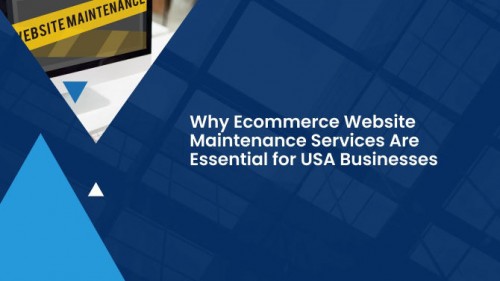In the digital age, payment gateway has become the backbone of online business. They help to make transactions between merchants and customers fast, safe and convenient. With the migration of financial services to the Internet, the threats of fraud, money laundering and financial crime are escalating exponentially. Regulators around the world are increasing demands and companies are under relentless pressure to comply and still deliver customers with smooth experiences.
Real-time Anti-Money Laundering (AML) screening is one of the most efficient methods of dealing with these challenges. In contrast to the old batch checks that can take hours or even days to detect suspicious transactions, the real-time screening is instant, allowing payment gateways to prevent the high-risk activity before it can cause any damage.
Real-Time Screening Is Necessary
The payment gateways process thousands and in some cases millions of transactions every day. Each of them poses a risk in case it is not carefully monitored. Fraudsters can also use payment systems to disguise illegal funds, take advantage of weaknesses, or make quick transfers in order to evade detection.
Real-time AML screening mitigates these risks by:
Fraud Prevention at the Source
Suspicious transactions can be flagged before they are processed and this safeguards the businesses and customers against losses.
Satisfying Regulatory Requirements
Regulators (both international, e.g. Financial Action Task Force (FATF), and national) require financial institutions to have effective monitoring systems in place. Real-time checks prove proactive compliance.
Safeguarding Trust
Customers will use and recommend more platforms that they consider secure. A payment gateway that demonstrates a dedication to compliance enhances its reputation in an often-competitive market.
How Real-Time Screening Works
Real-time AML screening is a combination of superior data sources, algorithms, and automation to assess transactions in real-time. Typical key features are:
Sanctions List Screening: The transactions are screened against international sanctions list to make sure that the funds are not transferred to or received by sanctioned parties.
PEP Checks: This is the identification of persons in positions of influence, who may represent greater corruption or bribery risks.
Adverse Media Monitoring: The identification of negative press or reputation issues that may present red flags.
Risk Scoring Models: The risk levels are assigned to transactions or customers based on behavior, geography or historical activity.
False Positive Reduction:By applying sophisticated matching algorithms, reduce the number of false positive alerts, enabling compliance teams to concentrate on real risks.
Payment gateways can make near-instant decisions by embedding them into the transaction flow without interfering with customer experience.
Advantages of Payment Gateways
The benefits of implementing real-time AML tools go beyond compliance. They also aid in growth, efficiency and customer satisfaction.
Regulatory Alignment
Rules are continually changing, whether it is European directives or U.S. OFAC sanctions, it is a complicated task to ensure compliance. Real-time systems enable gateways to be consistent with the global standards.
Operational Efficiency
Manual checks and post-transaction reviews slow down the processes and add to the cost. Automated real-time screening saves the compliance teams the work and decreases the operational costs.
Fraud Loss Reduction
The prevention of financial and reputational losses is achieved by blocking illegal transactions at the processing stage.
Scalability
Manual or slow systems cannot keep up with payment volumes as they increase. The real-time screening is designed to be scaleable and process thousands of checks with each second.
Customer Experience
There should be a balance between security and convenience. Real-time screening will eliminate delays of genuine customers and at the same time prevent abuse of the system.
Challenges to Take into Account
Although real-time AML screening has evident advantages, payment gateways are advised to keep in mind the challenges associated with its implementation:
Integration Complexity: It is important to carefully plan the integration of compliance tools with current payment infrastructure.
Data Quality: The quality of screening is dependent on the quality and up-to-date data sources.
Implementation Cost: The advanced screening tools are an investment, but one that can usually pay off due to the minimized losses.
On-going Updates: Regulations, sanctions lists and criminal techniques change frequently. The contents of the systems should be changed regularly to be effective.
Looking Ahead
The environment of financial crimes is evolving, and payment gateways cannot afford to use outdated techniques. Regulators are paying more attention and customers want platforms to secure their funds. Real-time AML screening is a formidable tool, which incorporates automation, intelligence, and global coverage of data to offer instant protection.
The answer to payment providers is simple: adopt real-time screening in order to remain compliant, competitive, and trusted or risk being left behind in a more regulated and risky world.
As online transactions increase, real-time AML screening is not only going to be a compliance tool, but a strategic differentiator of payment gateways that want to succeed in the global financial ecosystem.










